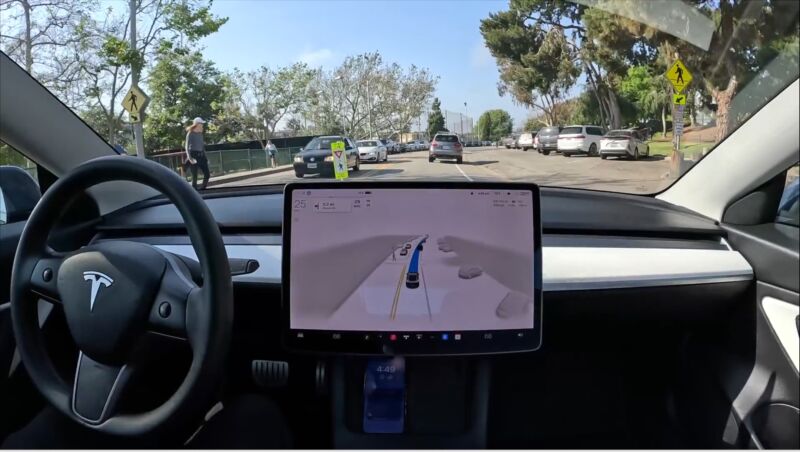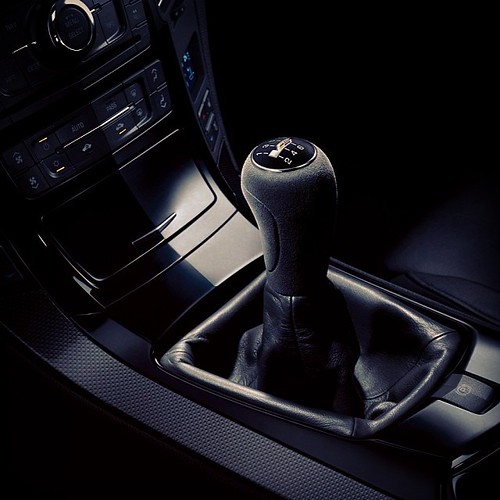Tesla’s Full Self-Driving (FSD) software has been a topic of much discussion and anticipation, with many owners praising its capabilities. However, the recent release of a month-long FSD trial to Tesla’s fleet has brought to light some concerning feedback from first-time users. Social media platforms such as Reddit, X, and YouTube have become hotspots for sharing experiences with FSD, particularly those involving cars making contact with curbs during turns, resulting in wheel and tire damage.
In March, Tesla offered a free one-month trial of its FSD software, a strategic move that could potentially increase the number of owners willing to purchase the $12,000 software or opt for the $200 monthly subscription. However, the trial has also led to a flurry of social media posts from users experiencing their cars ‘jumping the curb’ while FSD was engaged. One Reddit user expressed their disappointment, stating, ‘In my 3 days of using it, it has convinced me that I do not need it,’ due to the frequent need for manual intervention to avoid curbs and parked cars.

The issue of curbside collisions isn’t isolated. Multiple users have shared their experiences, including one who posted a video on Reddit showing their car clipping a sidewalk mid-turn and the subsequent damage to the wheel cover. Another user tagged CEO Elon Musk in a post documenting the curb strike and the associated cost of wheel replacement, which Tesla reportedly refused to cover despite evidence of the incident occurring under FSD control.
The online community’s consensus is that while FSD is a groundbreaking technology, it requires vigilant supervision by the driver. This has led to some frustration among users who question the value of a system that still necessitates constant attention, especially for low-speed maneuvers. ‘Then what’s the point if I have to disengage at every turn?’ a Reddit user pondered.
FSD’s limitations are not always apparent to users. The system requires a significant amount of torque applied by the driver to override the car’s control, which can be challenging in situations where quick reactions are necessary to prevent curb strikes. Moreover, the typical driver’s mirror settings do not prioritize curb visibility, increasing the risk of contact during close encounters.

Curb collisions are not a new phenomenon for Tesla’s FSD software, but the increased visibility of these incidents during the trial period has amplified concerns. Tesla’s response to the curb issue has been to emphasize the importance of driver supervision and to continue refining the software.
Tesla’s FSD software has faced scrutiny beyond curbside mishaps. The company has been involved in several governmental investigations and has recently recalled over 2 million cars following an NHTSA investigation into the misuse of the autopilot system. Despite these challenges, Tesla continues to defend its autopilot system, citing a lower crash rate when Autosteer is engaged compared to manual driving.
The journey towards fully autonomous vehicles is fraught with complexities, and Tesla’s FSD software is at the forefront of this technological evolution. While the recent incidents highlight the need for further development and responsible deployment of automated driving features, Tesla’s commitment to enhancing safety and functionality through software updates demonstrates a proactive approach to addressing these challenges. As the conversation around FSD continues, it is clear that the road to full autonomy will require patience, innovation, and a collaborative effort between manufacturers and drivers alike.
Related posts:
‘Full Self-Driving’ Teslas Keep Slamming Into Curbs
Self-Driving Teslas Have a Small Issue With Crashing Into Curbs
Why is Tesla hitting the brakes over autopilot issues?





